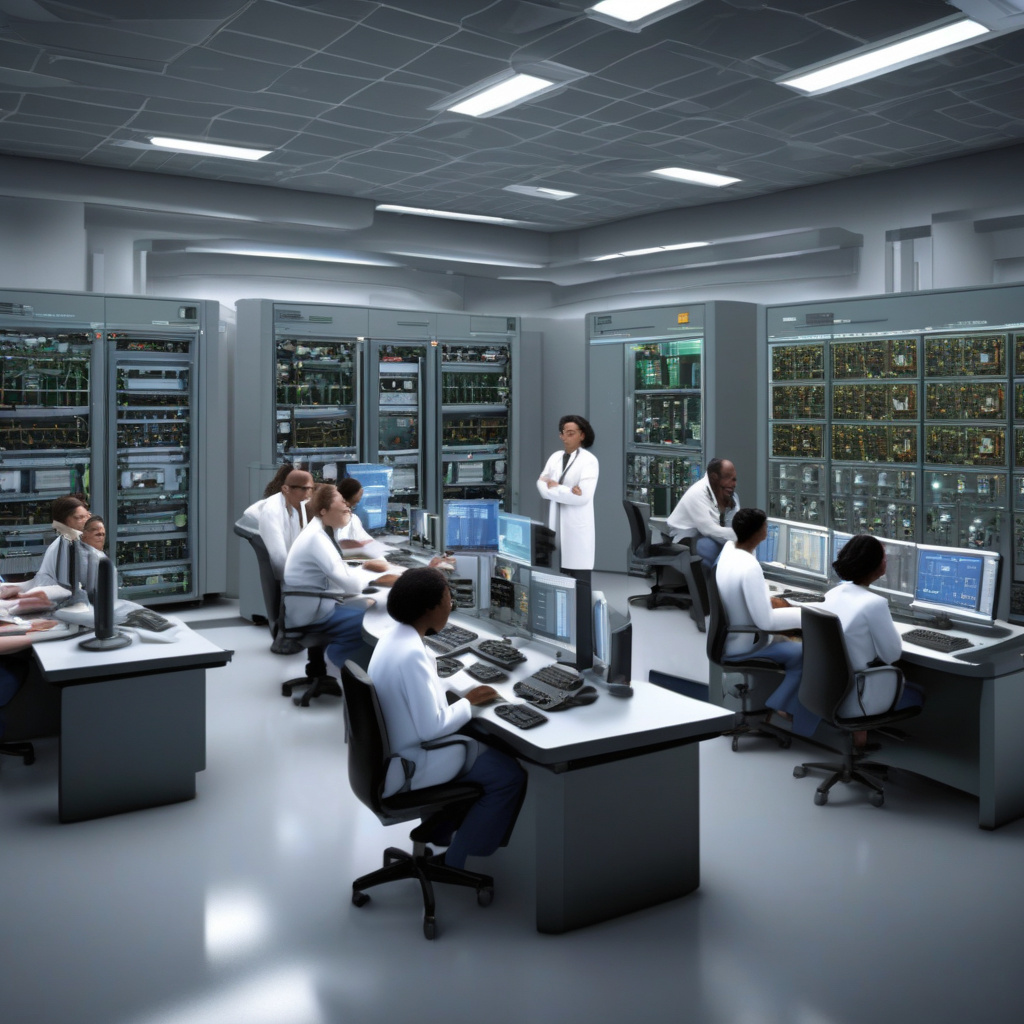US Tech Transfers Nuclear Physics Data to Supercomputers in Seconds Instead of Days
Scientific experiments generate a lot of data that needs to be analyzed. This process includes the collection of massive amounts of information that researchers rely on to draw conclusions, make predictions, and further their understanding of the world around us. In the realm of nuclear physics, where experiments produce an immense volume of data, the speed and efficiency of data transfer and analysis are crucial for progress and innovation.
Recently, a groundbreaking development has revolutionized the way nuclear physics data is handled. In the United States, tech experts have successfully implemented a new system that allows for the transfer of nuclear physics data to supercomputers in a matter of seconds, a process that previously took days to complete. This advancement marks a significant leap forward in the field, streamlining data analysis processes and accelerating the pace of scientific discovery.
The traditional method of transferring nuclear physics data to supercomputers involved time-consuming processes that hindered the efficiency of research projects. Researchers would often face delays in accessing and analyzing critical data, slowing down the pace of their work and impeding progress. However, with the introduction of this new technology, data transfer times have been dramatically reduced, enabling scientists to expedite their analyses and make real-time decisions based on up-to-date information.
One key aspect of this technological breakthrough is the utilization of high-speed data transfer protocols that prioritize efficiency and speed. By leveraging cutting-edge networking technologies and advanced algorithms, researchers can now transfer large volumes of nuclear physics data to supercomputers seamlessly and rapidly. This not only saves valuable time but also ensures that researchers can focus on their analyses and interpretations without being bogged down by slow data transfer speeds.
Moreover, the implementation of this new system has opened up possibilities for real-time data processing and collaboration among researchers. With the ability to transfer data to supercomputers in seconds, scientists can now engage in dynamic discussions, share insights, and collaborate on projects in ways that were previously not feasible. This enhanced connectivity and data accessibility foster a culture of innovation and teamwork, driving the field of nuclear physics forward with unprecedented speed and efficiency.
The implications of this technological advancement extend beyond the realm of nuclear physics, offering valuable insights into the broader landscape of scientific research and data analysis. By demonstrating the power of high-speed data transfer and real-time processing, this development sets a new standard for efficiency and productivity in scientific endeavors. Researchers in various fields can draw inspiration from this achievement and explore ways to enhance their own data handling processes for improved outcomes.
In conclusion, the US tech transfer of nuclear physics data to supercomputers in seconds represents a significant milestone in scientific research and data analysis. By streamlining data transfer processes, accelerating analyses, and fostering collaboration among researchers, this advancement paves the way for new discoveries and innovations in the field of nuclear physics and beyond. As technology continues to advance, the possibilities for expedited data handling and real-time processing are limitless, promising a future where scientific progress knows no bounds.
data analysis, nuclear physics, supercomputers, technological advancement, scientific research












